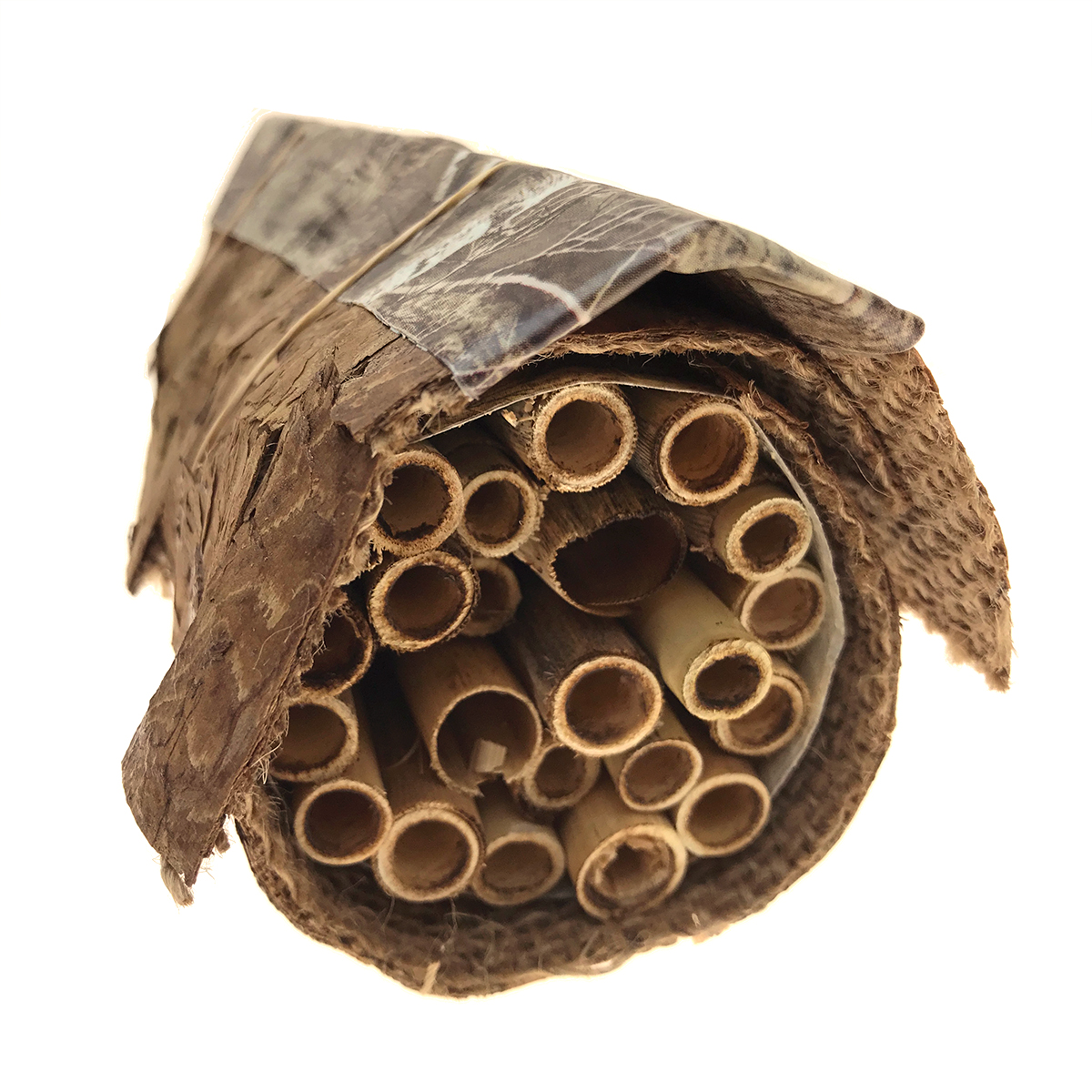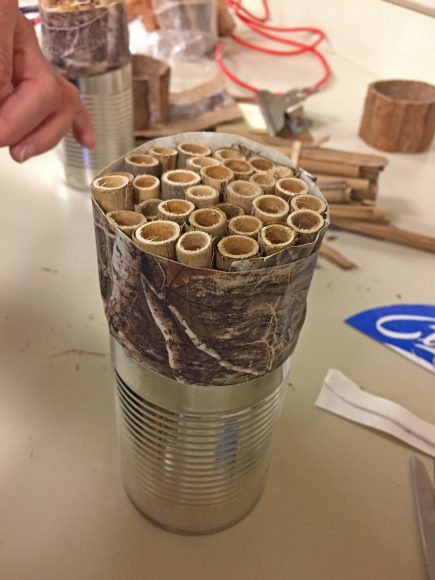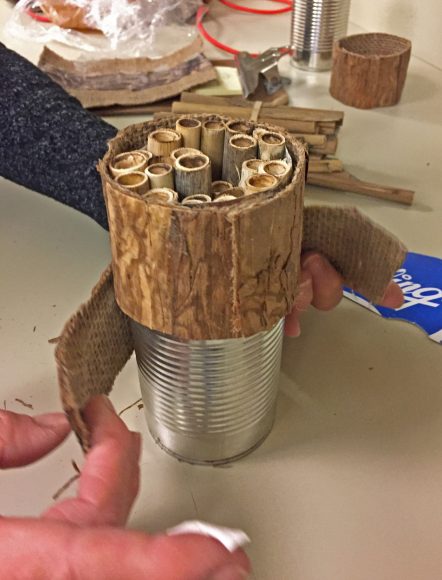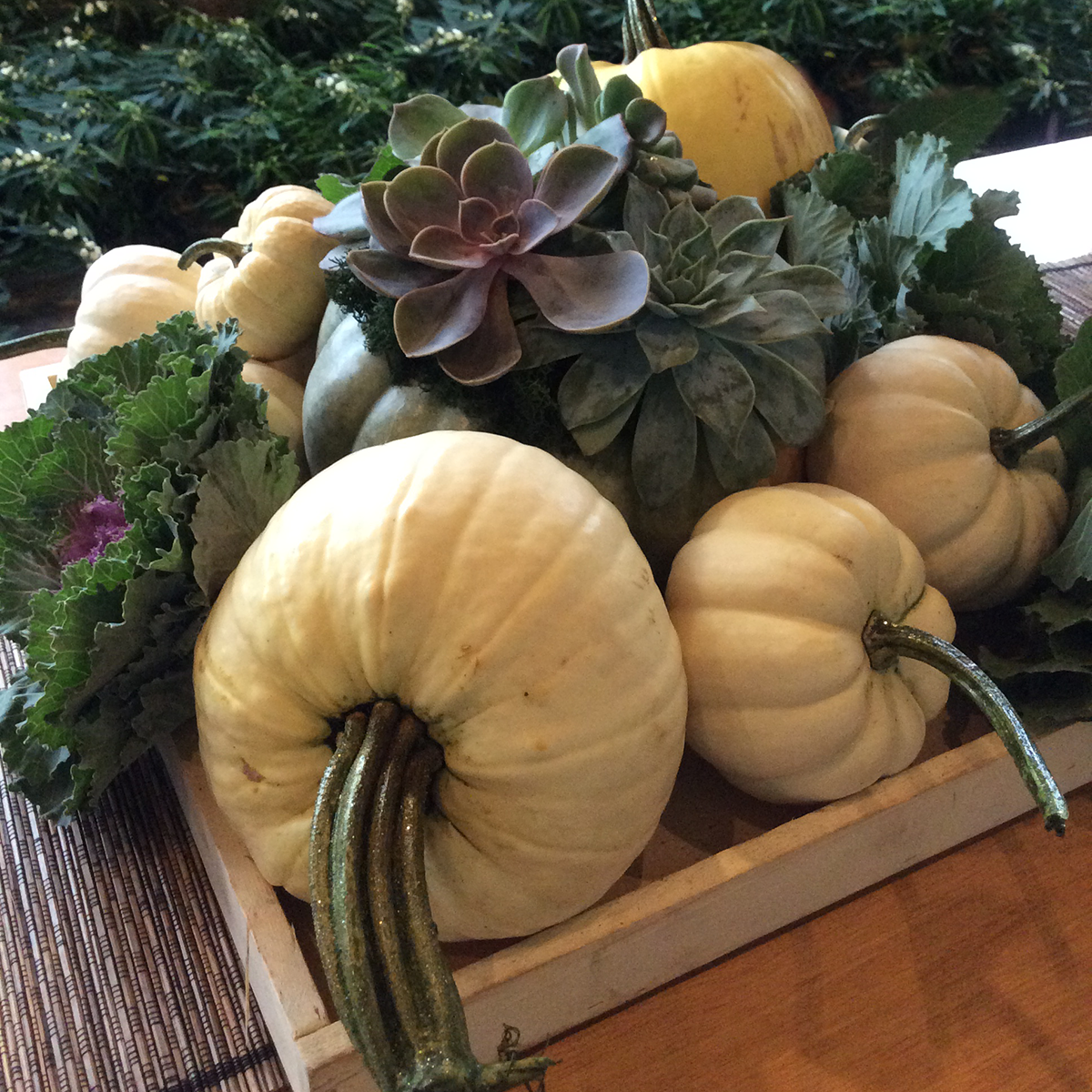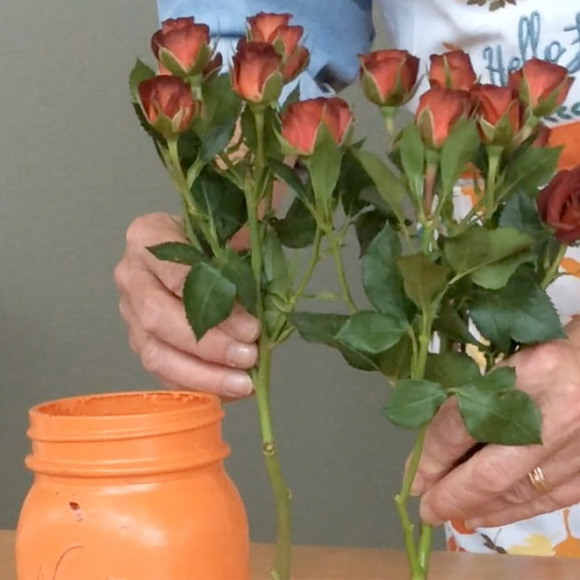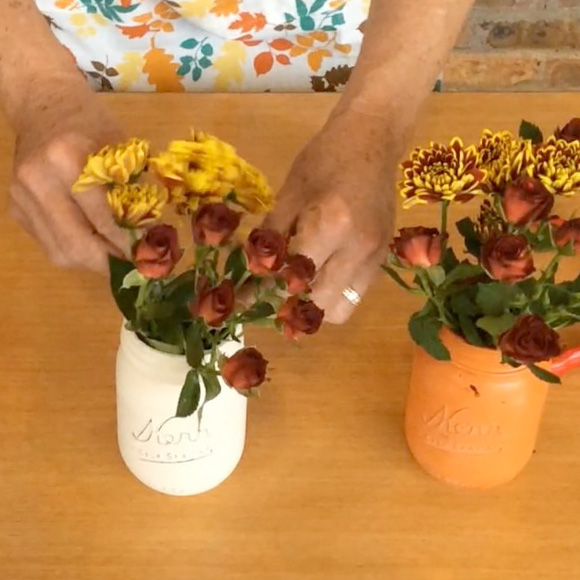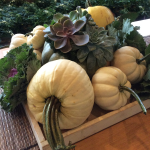Pollinators are crucial to the health of the planet, helping with everything from the food we eat to the cycle of life. At the free Unearth Science festival this weekend, the Chicago Botanic Garden will celebrate pollinators with activities including a workshop on making native bee homes. We’ve got a sneak peek for you below.
Did you know that native bees are better and more efficient pollinators than honeybees when it comes to fruit trees? Honeybees carry pollen in sacks on their hind legs, which doesn’t always make it to the stigma of the flowers they visit (anthers are where the pollen grains are picked up; stigma is where they are deposited for successful pollination). Mason bees (Osmia lignaria) carry pollen all over their bodies, which means that the pollen has a greater chance of reaching the stigma for proper pollination. One mason bee can pollinate as many flowers as 100 honeybees.
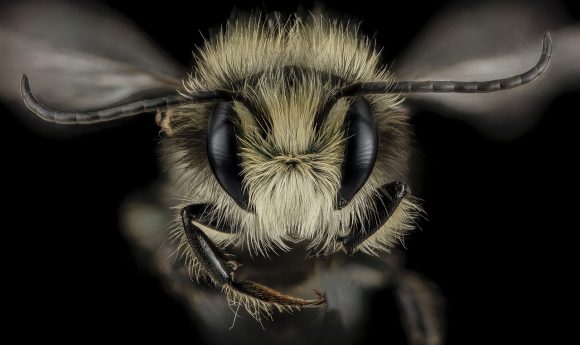
Mason bees pollinate a wide variety of flowers, in addition to fruit trees, with a particular emphasis on the rose family. They are generalists though, so they pollinate many types of vegetables too. If you are interested in growing fruit trees and vegetables in your yard, you may want to attract and support more mason bees.
Are you avoiding bees because they sting? Another reason to invite mason bees into your yard is that they are nonaggressive. Honeybees and bumblebees may defend their nests if disturbed, so bee skeps—or domed hives—are usually located on larger plots of land, not in typical backyards. Male mason bees do not have stingers, and the females only sting if they are trapped, so there is little reason to fear them.
We asked horticulture program specialist Nancy Clifton for a preview of her workshop at the Unearth Science festival with Northwestern University graduate student Marie Faust. The workshop, Native Bee Homes, is a free event that requires registration. You’ll find instructions for how to make a mason bee home below. Bring your questions about pollinators and other science-related topics to the festival, where dozens of scientists and horticulturists will be happy to answer them.
How to Make a Mason Bee Home
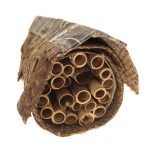
Supplies you’ll need:
- Clean, 15-ounce metal can
- Phragmite reed tubes
(6 inches long) - 2¼-inch-wide bark ribbon
- Cling floral adhesive (or similar putty tape)
- Duct tape
(camouflage blends in well) - Scissors
- Rubber bands
Instructions:
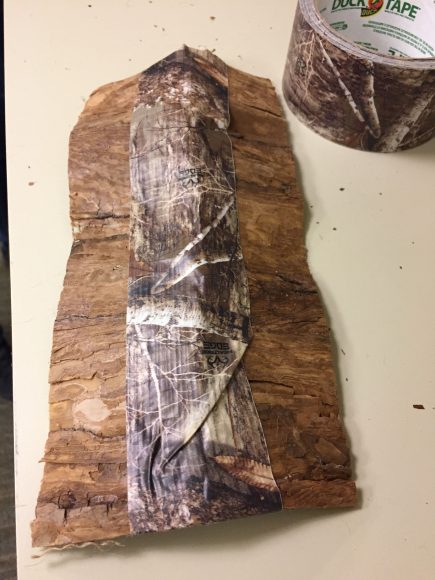
Cut two 8-inch-long pieces of bark ribbon and duct tape them together along the long edge. Place this over the top of your can as a roof. You want to create a small gable that overlaps ½ inch over the end of the tube to keep the reeds dry when it rains.
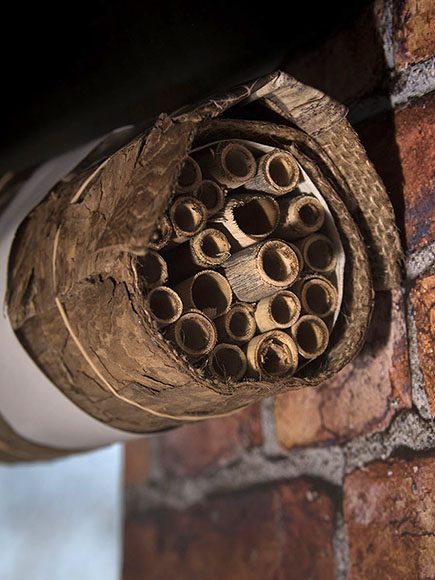
Use bits of Cling to adhere the roof to the house. If needed, further secure the roof with two rubber bands. Place the completed bee house fairly in a protected area, against a flat surface with a southwest exposure. Placing the house fairly high up ensures that bees will not mingle with people when entering and exiting their new home.
Leave your house out all summer and you should find mason bees filling the tubes with larvae. For information about storing and incubating mason bees for next year, visit seedsavers.org.
Sign up for the free workshop on making native bee homes with horticultural specialist Nancy Clifton and Northwestern University graduate student Marie Faust at the Unearth Science festival, April 20–22, 2018. You’ll make your own native bee home just as described above.
©2018 Chicago Botanic Garden and my.chicagobotanic.org

